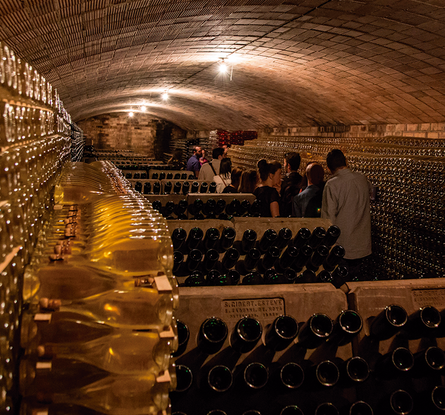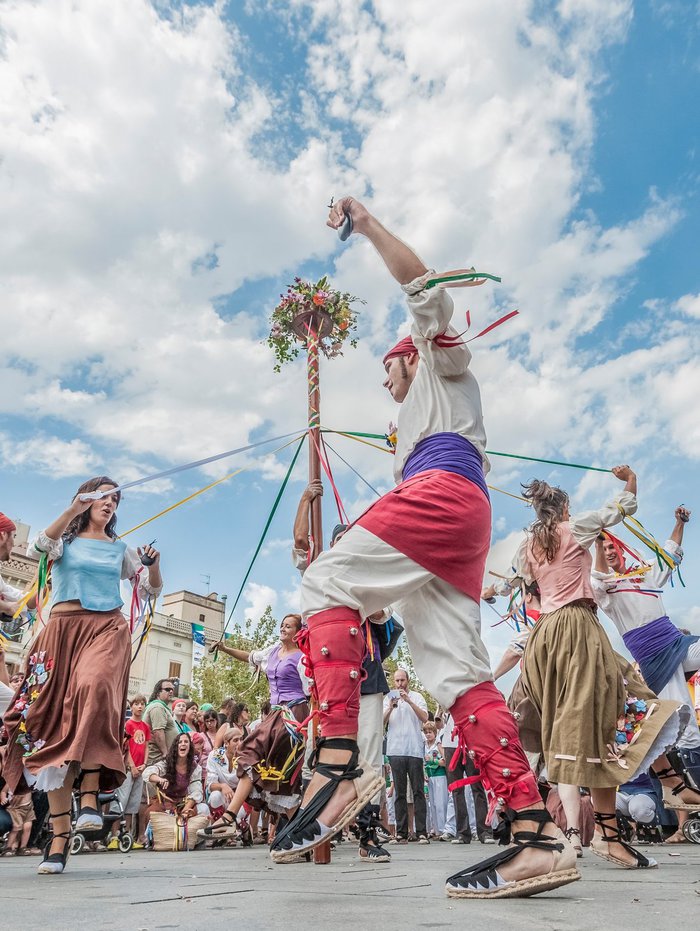The beginning of every story is exciting, and in the case of Cava it all began in the Penedés region. The town of Sant Sadurní d'Anoia has earned itself the status of capital of this marvellous sparkling wine, the heart of this Catalan wine region with a long tradition. A place not to be missed on the Cava Route, where some of the most historic wineries are concentrated.
The landscape, situated halfway between the Mediterranean and the imposing slopes of the magical mountain of Montserrat, gives Penedés a unique character that makes it one of the most interesting wine tourism destinations in Catalonia, and the rest of Spain. The lively cultural life, with many festivals and activities linked to the winemaking calendar, helps to create an unforgettable visit, at whatever time you choose to come.
History, geography, cultural heritage, and the uniqueness of being the birthplace of Cava, make this an ideal destination for enjoying wine tourism with the family, located only 45 km from Barcelona. Many buildings in Catalan Modernist style bear the mark of Cava: architectural jewels of the industry, as well as factories that have been converted into museums. An ideal place to delve into the history and origins of the wine, all year round.


















